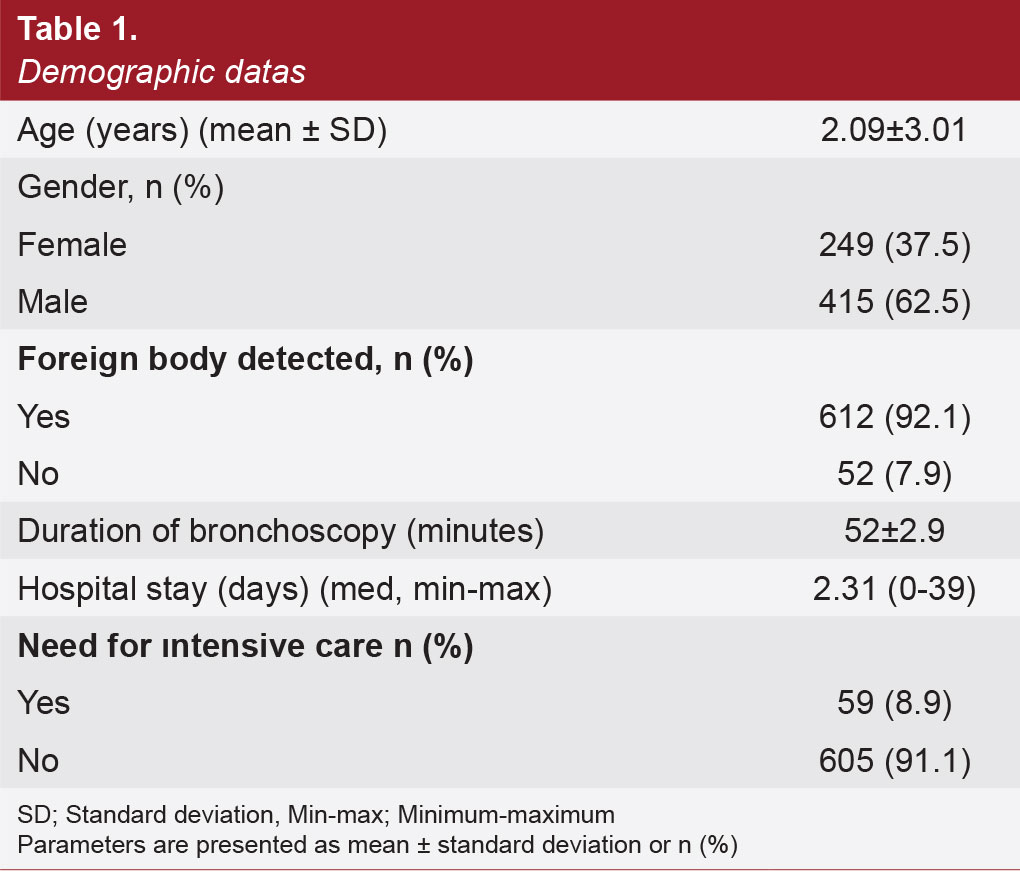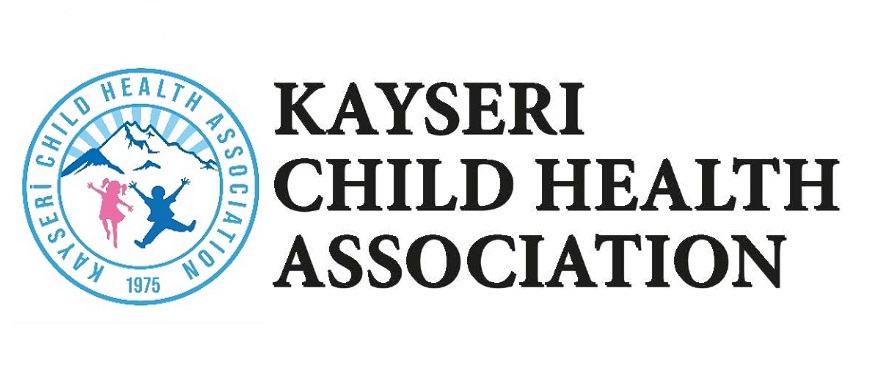Management of Foreign Body Aspiration in Children: Insights From 664 Cases in the Operating Room
Anesthesia Management in Children with Foreign Body Aspiration
DOI:
https://doi.org/10.4274/jpea.2023.234Keywords:
Anaesthesia, foreign body aspiration, rigid bronchoscopyAbstract
Tracheal or bronchial foreign body aspiration is an important emergency o childhood requiring bronchoscopy under general anesthesia. In this retrospective study, bronchoscopy were performed for foreign body aspiration; anesthesia methods, risks, and postoperative complications were evaluated. Children who underwent bronchoscopy with suspicion of a foreign body in the pediatric surgery operating room between January 2010 and December 2021 were included in the study. Six hundred and sixty four children were evaluated. General anesthesia was applied to all bronchoscopy. Demographic characteristics of the patients, type of foreign body, localization of foreign body, distribution of foreign body according to age groups, complications related to anesthesia and surgical process, length of stay in the postoperative intensive care unit, and duration of hospital stay were evaluated. The patients who aspirated foreign bodies most frequently were children aged 1-3 years (73.6%). During bronchoscopy, organic matter (seeds, hazelnuts, peanuts, chickpeas) was the most frequently removed foreign body in children (559 patients). It was observed that foreign bodies were mostly located in the right main bronchus at a rate of 52.4%, the left main bronchus at 28%. The most common anesthesia-related complications were desaturation in 400 patients, hypercarbia in 200 patients, bronchospasm in 108 patients, and respiratory arrest in 2 patients. Many problems may be encountered in foreign body inhalation, and bronchoscopy of these patients should be performed by an experienced anesthesiologist and surgeon at the right time and in the safest way in terms of anesthesia and surgery.

Downloads
Published
How to Cite
Issue
Section
License
Copyright (c) 2023 The Journal of Pediatric Academy

This work is licensed under a Creative Commons Attribution-NonCommercial-NoDerivatives 4.0 International License.








